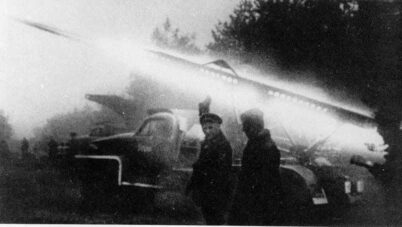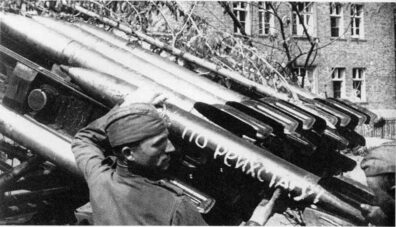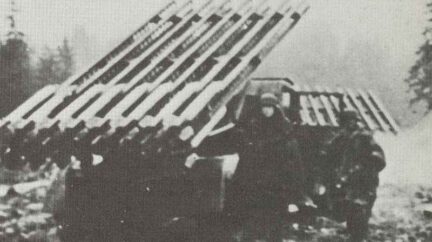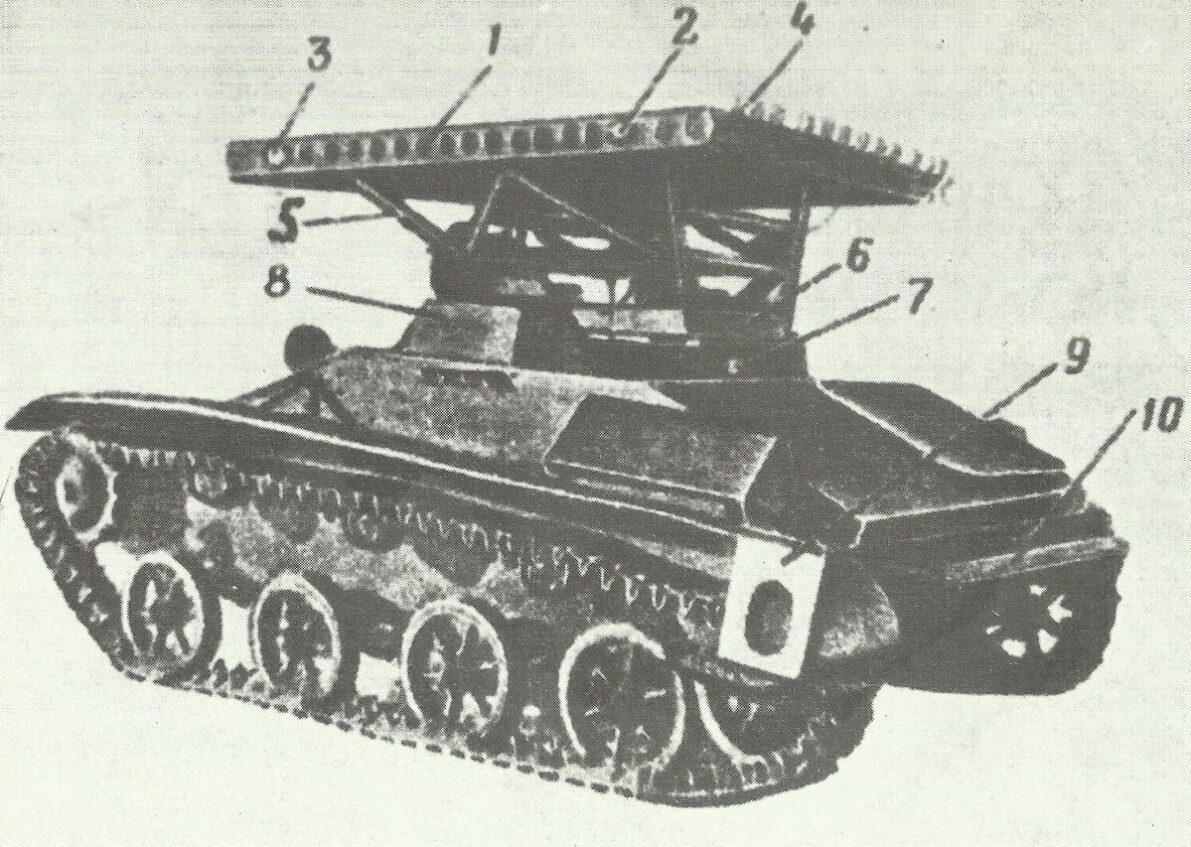Soviet Studebacker truck-mounted rocket-launcher BM-13N Katyusha.
History, development, service, specifications, pictures and 3D models.
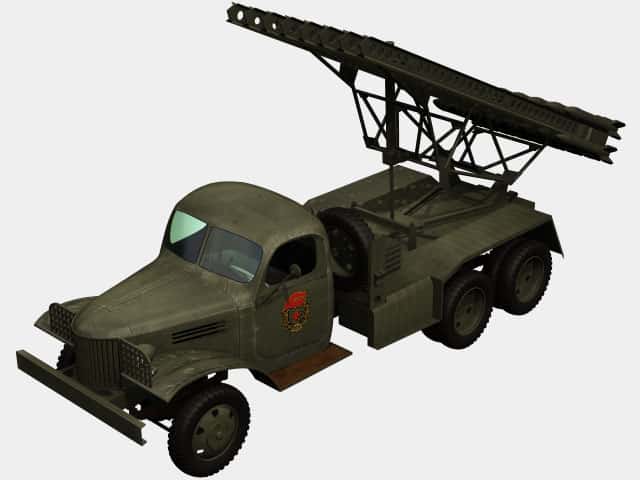
‘Stalinorgel’ Rocket Launcher
Table of Contents
Katyusha Rocket Launcher BM-13N.
Type: Truck-mounted rocket launcher.
The term ‘Stalinorgel’ is the German name for the Soviet Katyusha multiple rocket launcher. The name translates to “Stalin’s organ” in English, referring to the launcher’s visual and auditory resemblance to a church organ when it fires a salvo of rockets.
The Katyusha rocket launcher was developed and used by the Soviet Union during World War II. It was known for its ability to deliver a large number of explosives over a wide area in a short amount of time. The rockets were mounted on trucks, which made them highly mobile and capable of quickly repositioning. The weapon was both feared and respected for its devastating impact on the battlefield.
History
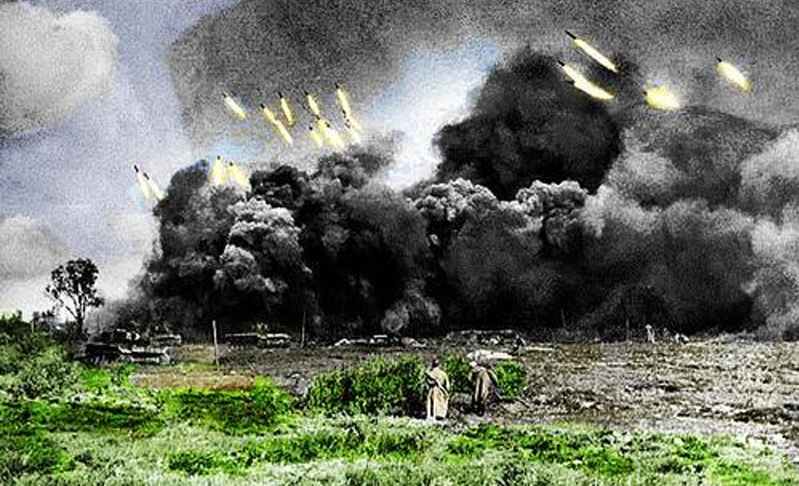
The first self-propelled artillery weapons produced in quantity in Russia were not guns at all but novel rocket weapons.
In June 1938, GAU had authorized the RNII (Jet Scientific research Institute) to develop multiple rocket ground launchers for firing the RS-132 aircraft rocket. A design team under I. Gvay developed a 24-rail launcher firing the modified M-132 rocket over the side of a ZiS-5 lorry.
The mounting proved unstable during firing, leading to a second prototype called the MU-1 (Mechanized Assembly-1). This was also a failure, which prompted V.N.Galkovskiy to propose that the rockets be fired longitudinally on the chassis.
This led to the BM-13 Katyusha (Combat Machine for M-13 rockets) which was completed in August 1939. Field tests with a variety of different rocket types were conducted throughout 1940, with the GAU finally approving the vehicle as the BM-13-16 (Combat Vehicle for M-13 rockets with sixteen launch rails), but only 40 were completed before the war started. The new weapon was guarded with the greatest secrecy and at the outbreak of the war a special unit was formed under NKVD direction.
The first battery Katyushas went into action near the Orsha railway station on 7 July 1941 and proved an immediate success.
The GAU was duly impressed, and ordered production to begin on a crash basis. The rocket launchers were still so highly classified that they received a variety of bogus names such as Kostikov guns, etc. Eventually they were officially designated Guards Mortars, but the name which stuck was the popular nickname, Katyusha, the diminutive form of the name Katerina, after the Isakovskiy tune of the same name, popular in Russia at the time. The scream of the Katyusha rockets led the Germans to call them Stalin’s Organs.
Animated 3D model BM-13 Katyusha on ZIS lorry:
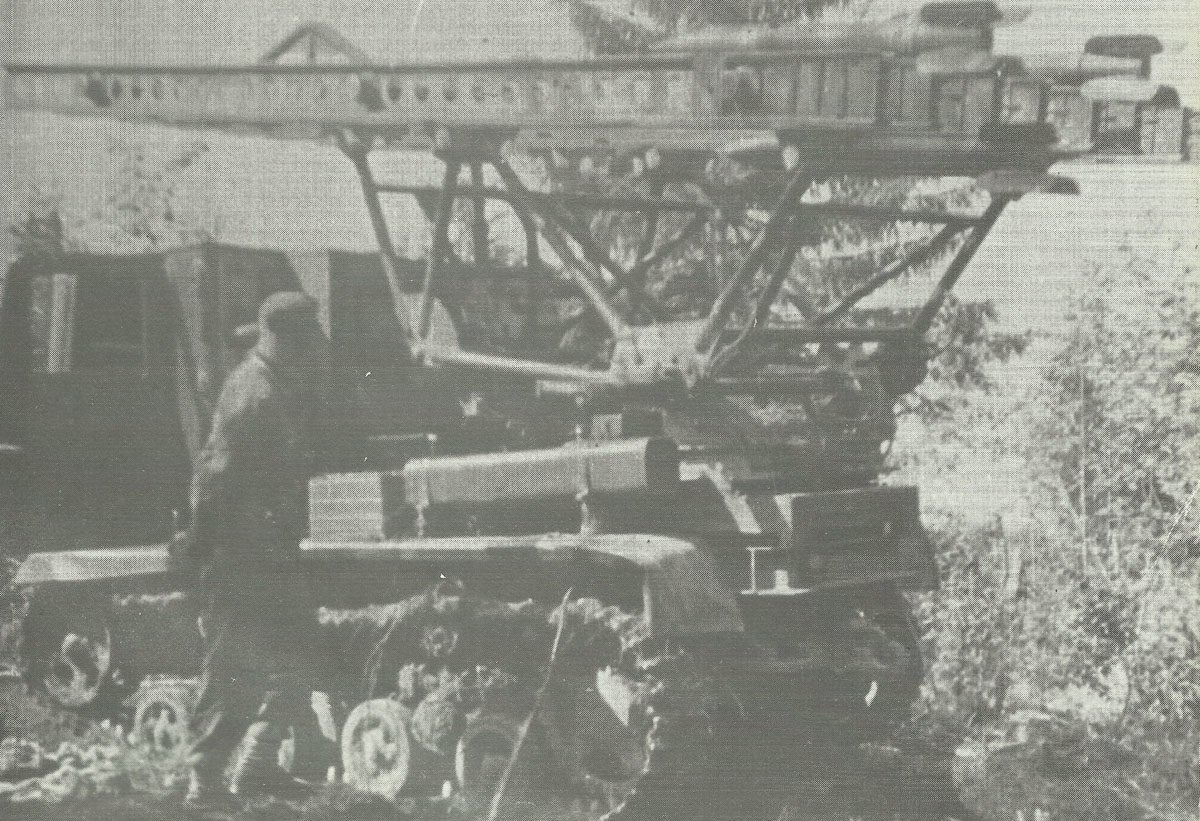
Although originally lorry mounted, attempts were made in 1941 to develop other carriages for better cross-country performance. Some BM-13 mounts were mated to the STZ-5 artillery tractor and produced in small numbers. There was also a version mounted on the KV tank, the KV-1K, but this was not produced in any quantity as it wasted a perfectly good heavy tank in a role easily satisfied by a less expensive carriage.
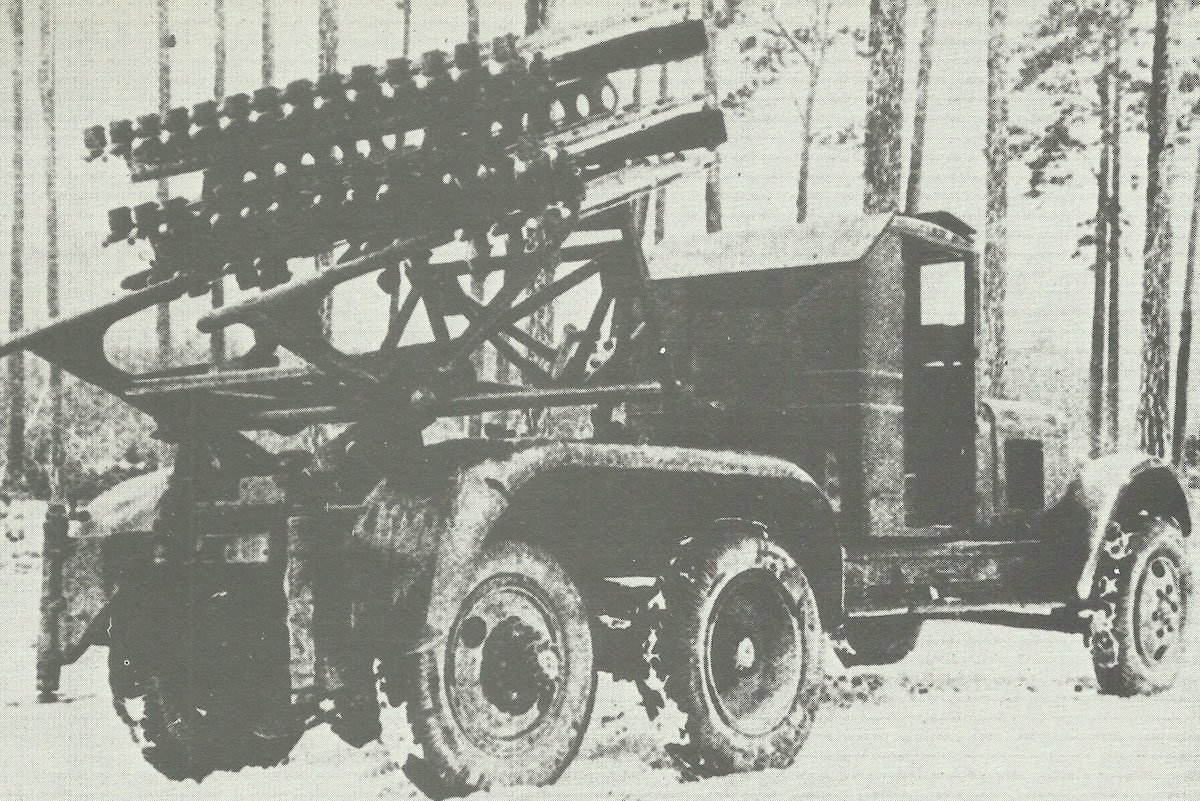
In August 1941, a second type of Katyusha rocket was developed, the M-8 82mm rocket which was smaller and had shorter range. These were mounted on lorries as the BM-8-36, or on turret less tank chassis, such as the T-40 and T-60, as the BM-8-24.
In 1942, the Soviets developed a version of the M-13 Katyusha rocket with a larger, bulbous warhead, the M-30. Unlike the other two types, the M-30 was not fired from a self-propelled launcher, but from rama (frame) launchers. Self-propelled versions, the BM-31, were not fielded until 1944.
The main attraction of the Katyusha launcher was that it was cheap to manufacture and could be turned out by small factories without the elaborate machine tools needed for conventional tubed artillery. A BM-13 salve dropped 4.35 tons of rocket and high explosive into a 10-acre area in a terrifying 7-10 second strike. Although not so accurate as conventional artillery, this rocket launcher was much more feared by German soldiers than conventional artillery.
By the end of the war, about 10,000 Katyusha launchers had been manufactured, mostly for the Army, but some for the Navy’s river flotillas as well. The majority of the Army launchers were self-propelled.
The BM-8, BM-13 and BM-31 were all initially mounted on the ZiS-6 truck or its derivatives such as the ZiS-5 and ZiS-5V.
In 1942 as Lend-Lease trucks became available, the launchers were mounted on a variety of American, British and Canadian lorries, such as the Chevrolet I 1/2 ton, International K, Ford WOT-8, GMC 2 1/2 ton and Studebaker US6 2 1/2 ton truck.
The Lend-Lease types were sometimes distinguished as BM-13S. The superior cross-country performance of the Studebaker US6 led the GAU to standardize this mounting for the BM-13, which was designated BM-13N Katyusha (N -narmalizovanniy: standard). The BM-8 could be mounted on smaller chassis such as the BM-8-8 on the GAZ-67 jeep.
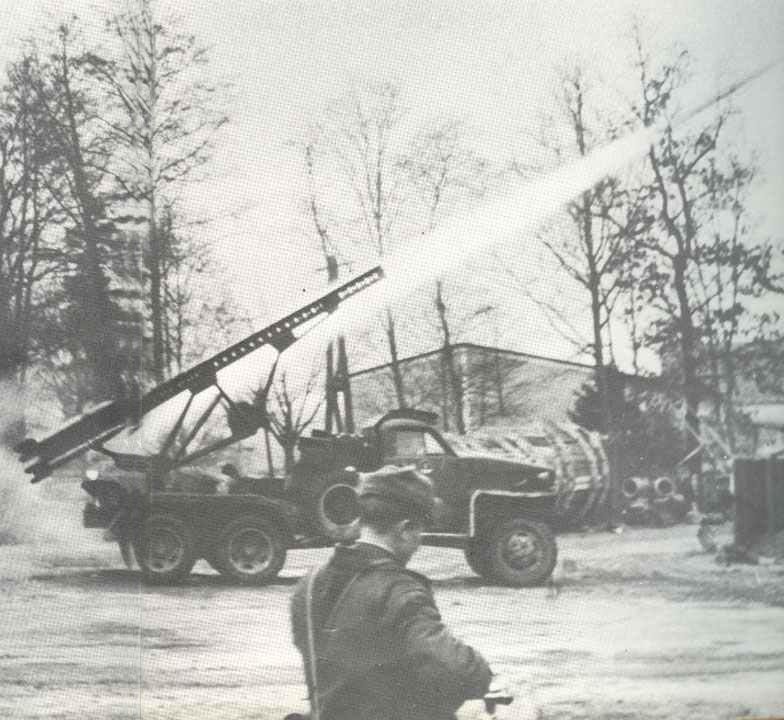
However, it was also mounted on larger vehicles with more rails, such as the BM-8-48 on the Studebaker US6. The large BM-31 frame launcher was invariably mounted on larger lorries, first the ZiS-6, but more often on the Studebaker US6. Katyusha launchers were also mounted on armored trains.
Following the first success of the BM-13 Katyusha battery at Orsha, the Red Army hastened to form new guards mortar units. The initial guards mortar batteries each had seven BM-13, but in July 1941, this was standardized at four launchers per battery. They were usually deployed in support of rifle divisions and initially were kept under NKVD control for security. Once the Germans Nebelwerfer rocket launchers became commonplace, this control was relaxed.
In August 1941, Stalin personally ordered the formation of special guards mortar regiments which were to be kept under the direction of high command reserve (STAVKA-VGK). These consisted of three firing battalions of three batteries each, for a total of 36 BM-13 or BM-8 launchers. At the same time, independent guards mortar battalions were also formed with 36 launchers in three batteries. By the end of 1941, there were 554 launchers in service with 8 regiments, 35 independent battalions and 2 independent batteries.
In June 1942 with the arrival of the first M-30 heavy rockers, heavy guards mortar battalions were formed, but these had static, not mobile launchers. They also had three batteries, but each battery had 36 frame launchers while the self-propelled units had only twelve launchers per battery. When the lorry-mounted BM-31 finally became available in 1944, the motorized heavy guards mortar battalion had only 48 launchers compared to 96 launchers in a static battalion.
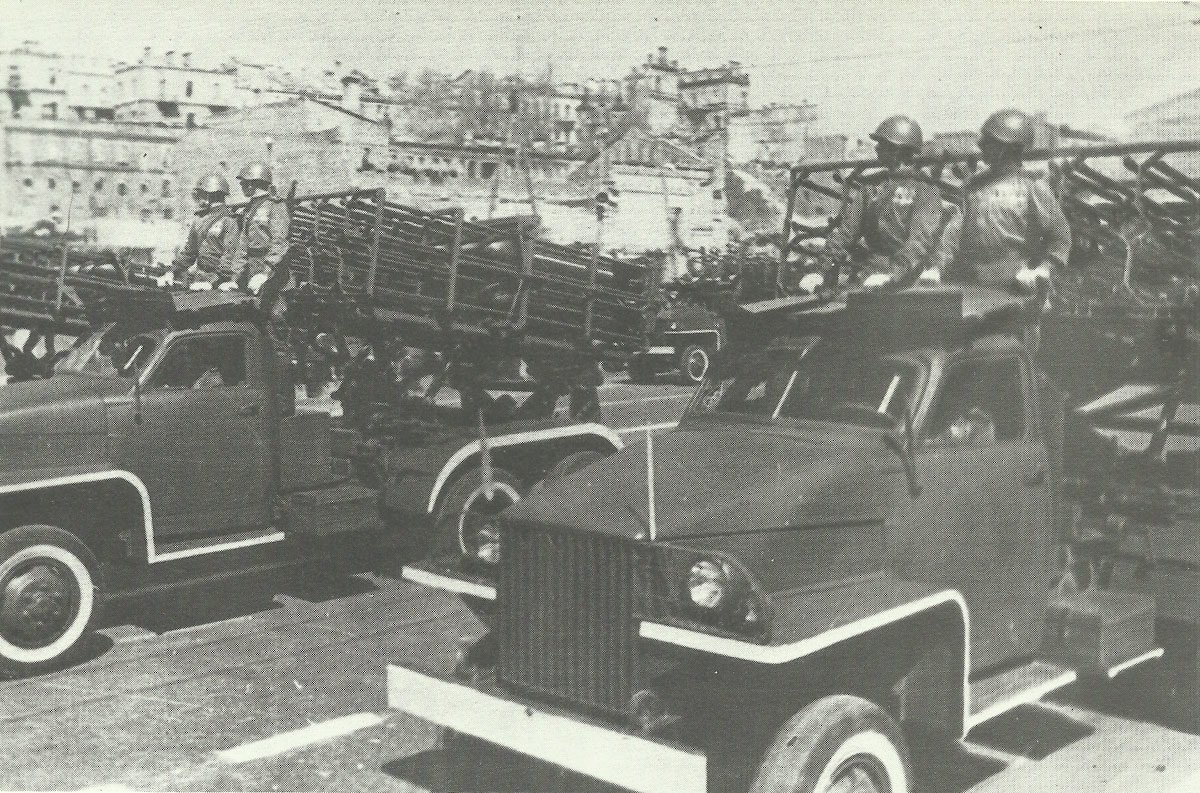
There were 3,237 launchers manufactured in 1942, bringing total strength up to 57 regiments. Counting the smaller independent battalions, the equivalent of 216 batteries were in service.
Of these 23 per cent were M-30 heavy units, 56 per cent were BM-13 units and 21 per cent were the light BM-8 units. In 1943, guards mortar brigades were formed, equipped with static launchers, and later, divisions were formed.
By the end of the war, the equivalent of 518 batteries were in service.
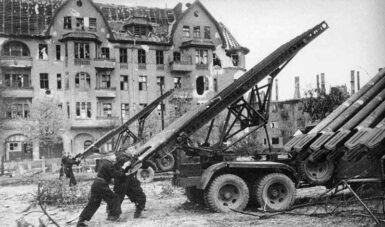
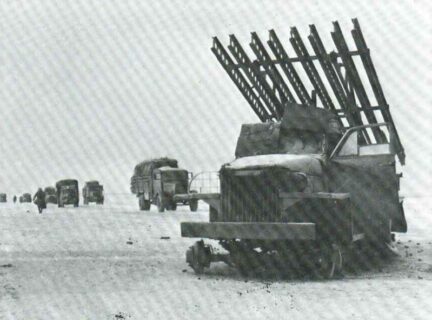
Users: Soviet Union (Russia in World War 2).
Animated 3D model BM-13N Katyusha on Studebaker US6 truck
Specification for M-13 132mm Katyusha Rocket
Specification:
M-13 132mm Katyusha Rocket | specification |
|---|---|
Type | Rocket |
Dimension length | 55.9in |
Body diameter | 5.2in |
Weights overall | 93.7lb |
Weights propellant | 15.87lb |
Weights explosives | 10.8lb |
Initial velocity | 1,165 ft.sec |
Range | 9,295 yards |
Total production figure (launchers, all) | c. 10,000 |
Animated 3D model BM-8-48 Katyusha on Studebaker truck
References and literature
The Encyclopedia of Weapons of World War II (Chris Bishop)
Soviet Tanks and Combat Vehicles of World War Two (Steven J. Zaloga, James Grandsen)
Panzer und andere Kampffahrzeuge von 1916 bis heute (Christopher F. Foss, John F. Milsom, Colonel John Stafford Weeks, Captain Georffrey Tillotson, Richard M. Ogorkiewicz)
Krieg der Panzer (Piekalkiewicz)





